Hawaii is a paradise for snorkeling enthusiasts, and one of the most exciting experiences to have in Hawaii is fish snorkeling. The Hawaiian waters are home to over 400 species of fish, and snorkeling gives you the perfect opportunity to get up close and personal with these fascinating creatures.
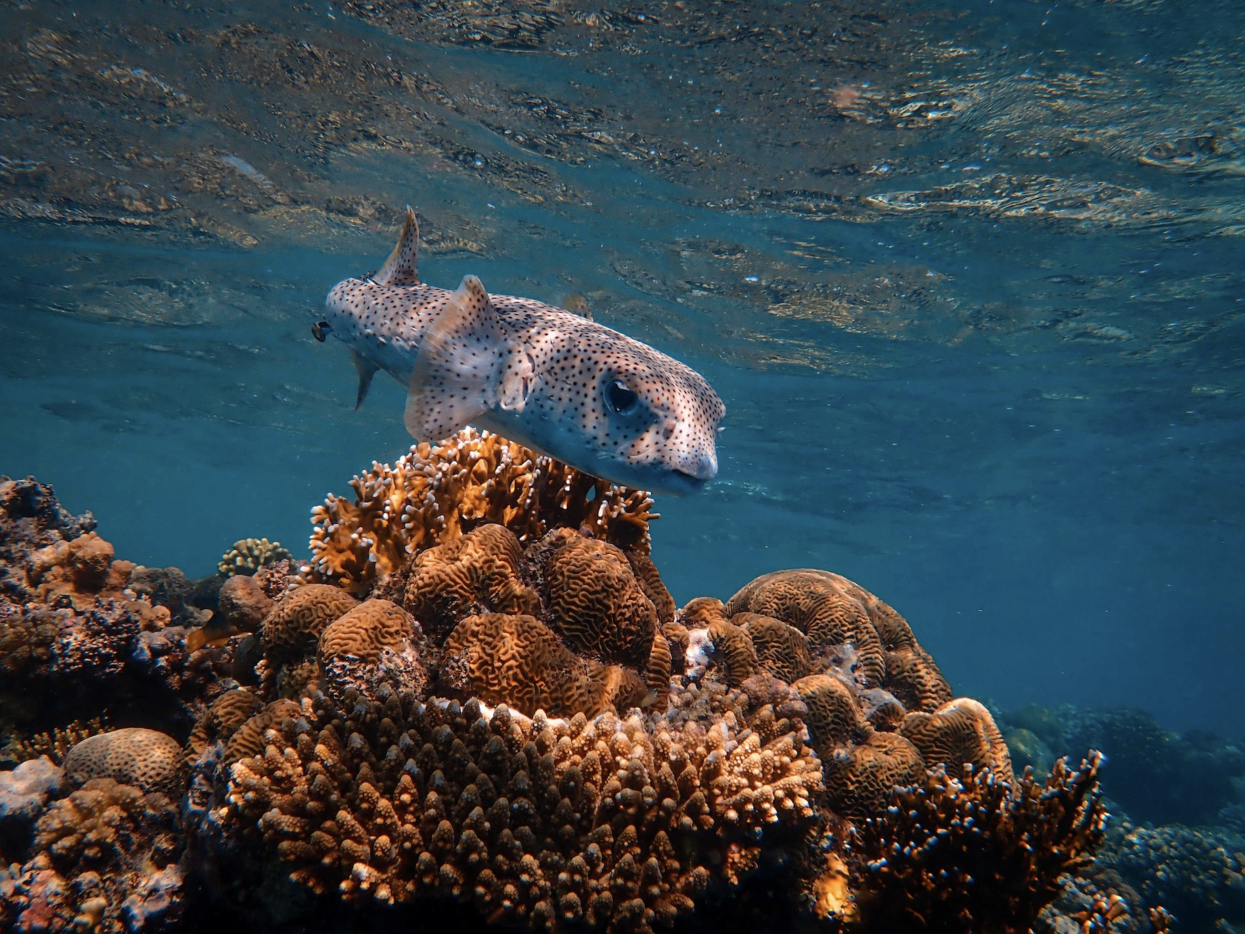
Snorkeling in Hawaii is an underwater adventure that offers a glimpse into a world of vibrant colors, fascinating creatures, and delicate ecosystems. Thanks to the islands’ volcanic origins and rich marine biodiversity, Hawaii is one of the best places in the world to explore the underwater world of fish through snorkeling. Whether you’re a beginner or an experienced snorkeler, Hawaii’s coral reefs offer an unforgettable experience that is sure to leave you in awe.
If you’re planning a snorkeling vacation to Hawaii, it’s important to know what fish you’re likely to encounter. This guide will help you identify the most common Hawaiian reef fish that you’re likely to see while snorkeling. Plus other helpful tips for your upcoming snorkeling adventure.
Hawaiian Fish
State Fish of Hawaii
The state fish of Hawaii is the Humuhumunukunukuapua’a, also known as the Reef Triggerfish. This fish is easily recognizable by its unique pattern of blue and yellow stripes, and is commonly found in shallow reefs and lagoons. It is a popular fish for snorkelers to spot while exploring the waters of Hawaii.
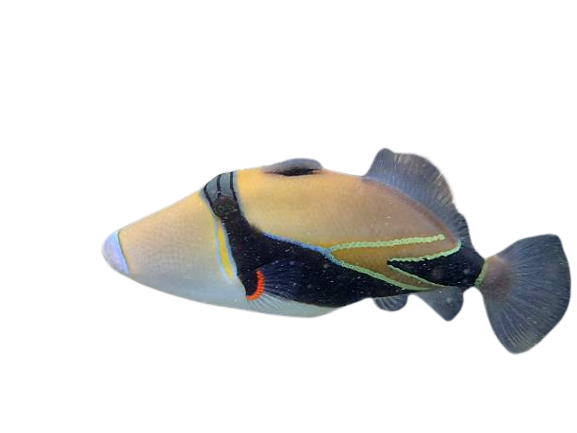
Unique Fish to Hawaii
Hawaii is home to many endemic species of fish, meaning they are found nowhere else in the world. One such species is the Kihikihi, a small fish with a bright yellow body and black stripes. Another endemic species is the Lau Wiliwili-nukunuku-oioi, a fish with a unique name and appearance, featuring a long, slender body and a bright red tail.
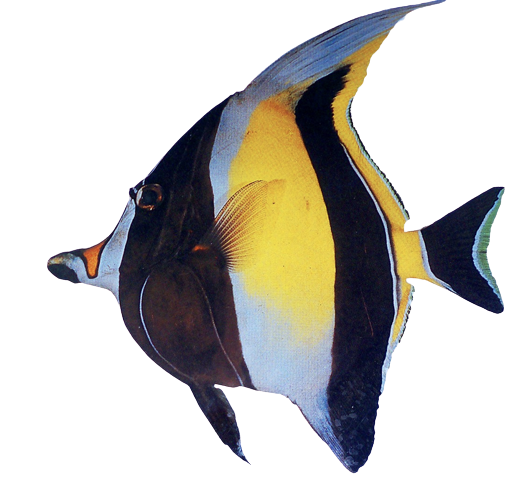
Marine Life
The waters of Hawaii are teeming with diverse marine life, including a variety of colorful and fascinating fish. Snorkelers can spot a range of species, from the brightly colored Moorish Idol and Raccoon Butterflyfish to the sleek and speedy Ono and Needlefish. Other common fish found in Hawaiian waters include the Yellow Tang, Longnose Butterflyfish, and Squirrelfish.
Hawaii’s waters are also home to larger species, such as Moray Eels and Pufferfish, as well as unique fish like the Achilles Tang and Bird Wrasse. Snorkelers may even spot the state fish, the Humuhumunukunukuapua’a, or the Lagoon Triggerfish, known for its aggressive behavior.
Overall, Hawaii offers a rich and diverse underwater world for snorkelers to explore, with a range of endemic and non-endemic species to discover. Whether snorkeling in shallow reefs or deeper waters, there is always something new and exciting to see.
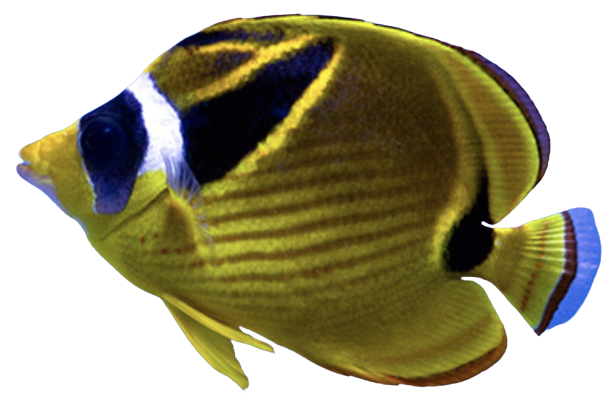
Snorkeling Locations
Hawaii is known for its beautiful beaches, crystal-clear waters, and diverse marine life. Snorkeling is one of the best ways to explore the underwater world of Hawaii. Here are some of the best snorkeling locations in Hawaii.
Maui
Maui is a popular destination for snorkeling enthusiasts. The island has some of the best snorkeling spots in Hawaii. The following are some of the best snorkeling locations in Maui:
- Molokini Crater: Molokini is a crescent-shaped, partially submerged volcanic crater that is home to a diverse range of marine life, including reef sharks, manta rays, and sea turtles.
- Honolua Bay: Honolua Bay is located on the northwest coast of Maui and is known for its crystal-clear waters and abundant marine life.
- Black Rock: Black Rock is located on Kaanapali Beach and is a popular snorkeling spot due to its calm waters and abundance of marine life.
Oahu
Oahu is the most populated island in Hawaii and is home to some of the best snorkeling spots in the state. The following are some of the best snorkeling locations in Oahu:
- Hanauma Bay: Hanauma Bay is a protected marine life conservation area and is home to over 400 species of fish. The bay is a popular snorkeling spot due to its calm waters and abundance of marine life.
- Waikiki Beach: Waikiki Beach is a popular tourist destination and is also a great spot for snorkeling. The beach has calm waters and is home to a variety of marine life.
- Shark’s Cove: Shark’s Cove is located on the North Shore of Oahu and is a popular snorkeling spot due to its clear waters and abundance of marine life.
Kauai
Kauai is known for its lush greenery and stunning beaches. The island is also home to some of the best snorkeling spots in Hawaii. The following are some of the best snorkeling locations in Kauai:
- Tunnels Beach: Tunnels Beach is located on the north shore of Kauai and is known for its crystal-clear waters and abundant marine life.
- Poipu Beach: Poipu Beach is located on the south shore of Kauai and is a popular snorkeling spot due to its calm waters and abundance of marine life.
- Anini Beach: Anini Beach is located on the north shore of Kauai and is known for its calm waters and abundance of marine life.
Big Island
The Big Island of Hawaii is the largest island in the state and is home to some of the best snorkeling spots in Hawaii. The following are some of the best snorkeling locations in the Big Island:
- Kahalu’u Bay: Kahalu’u Bay is located on the west coast of the Big Island and is a popular snorkeling spot due to its calm waters and abundance of marine life.
- Kealakekua Bay: Kealakekua Bay is located on the west coast of the Big Island and is known for its crystal-clear waters and abundant marine life.
- Kona Coast: The Kona Coast is located on the west coast of the Big Island and is known for its calm waters and abundance of marine life.
Overall, Hawaii has some of the best snorkeling spots in the world. Whether you’re a beginner or an experienced snorkeler, there’s something for everyone in Hawaii.
Underwater Ecosystem
Hawaii’s underwater ecosystem is a mesmerizing world full of vibrant colors, unique creatures, and delicate ecosystems. It is a result of the islands’ volcanic origins and rich marine biodiversity. Fish snorkeling in Hawaii is a thrilling adventure that allows visitors to explore this magnificent world up close.
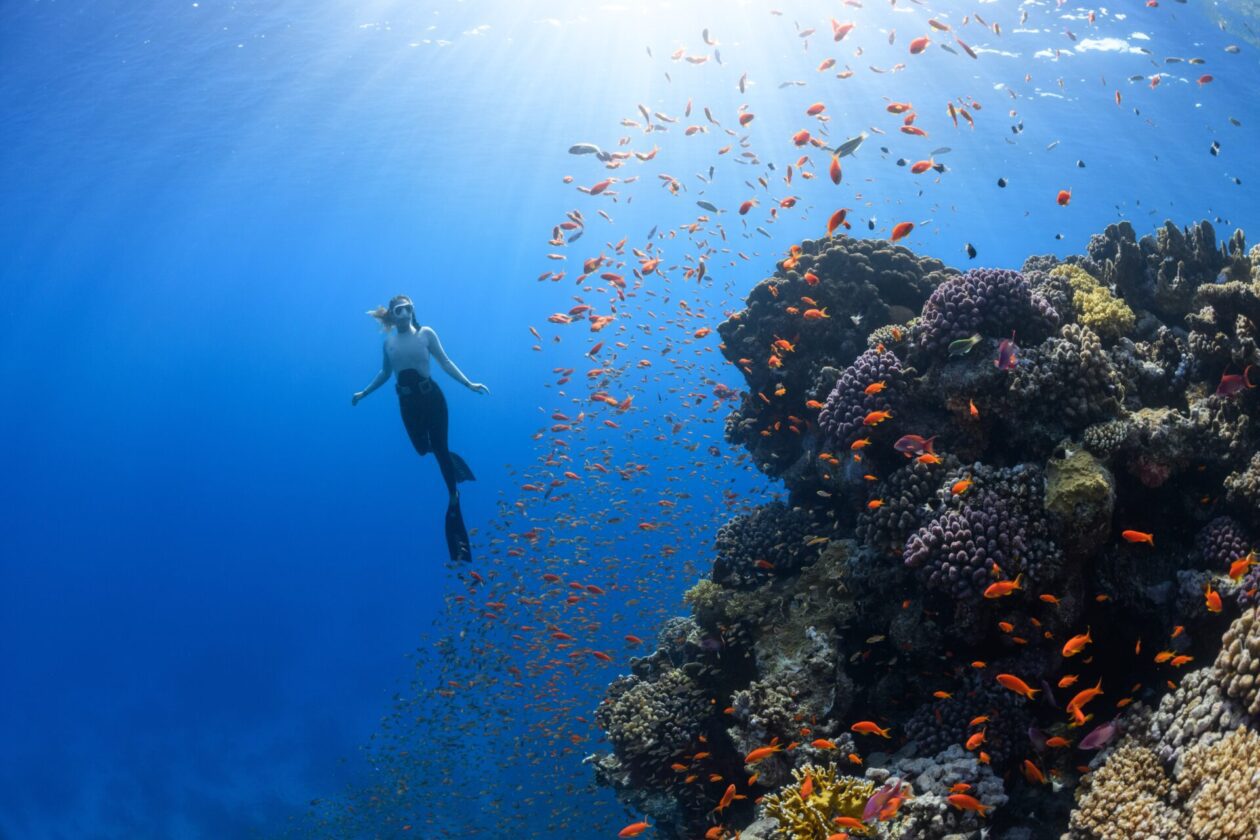
Coral Reefs
Coral reefs are the foundation of Hawaii’s underwater ecosystem. They are home to a diverse range of species, including reef fish, algae, and plankton. Coral reefs also play a significant role in beach-building sand, which is essential for Hawaii’s coastlines.
The coral reefs in Hawaii are some of the most diverse in the world, with over 410 species of coral and 700 species of reef fish. Some of the most common reef fish species in Hawaii include the Humuhumunukunukuapua’a, the Moorish Idol, and the Yellow Tang.
Outer Reef Slopes
The outer reef slopes in Hawaii are a unique part of the underwater ecosystem. They are home to a variety of marine life, including schools of fish, sharks, and sea turtles. The outer reef slopes are also known for their beautiful coral formations and vibrant colors.
The outer reef slopes in Hawaii are part of the Indo-Pacific region, which is known for its rich marine biodiversity. The region is home to over 75% of the world’s coral species and over 6,000 species of fish.
In conclusion, Hawaii’s underwater ecosystem is a fascinating world full of vibrant colors, unique creatures, and delicate ecosystems. Coral reefs and outer reef slopes are two essential parts of this ecosystem that are home to a diverse range of species. Fish snorkeling in Hawaii is an excellent way to explore this magnificent world up close.
Hawaii Snorkeling Beyond Fish
When snorkeling in Hawaii, it is not uncommon to encounter a variety of marine creatures beyond fish. These creatures are equally fascinating and worth exploring. Here are some of the marine creatures that snorkelers might encounter in Hawaiian waters:
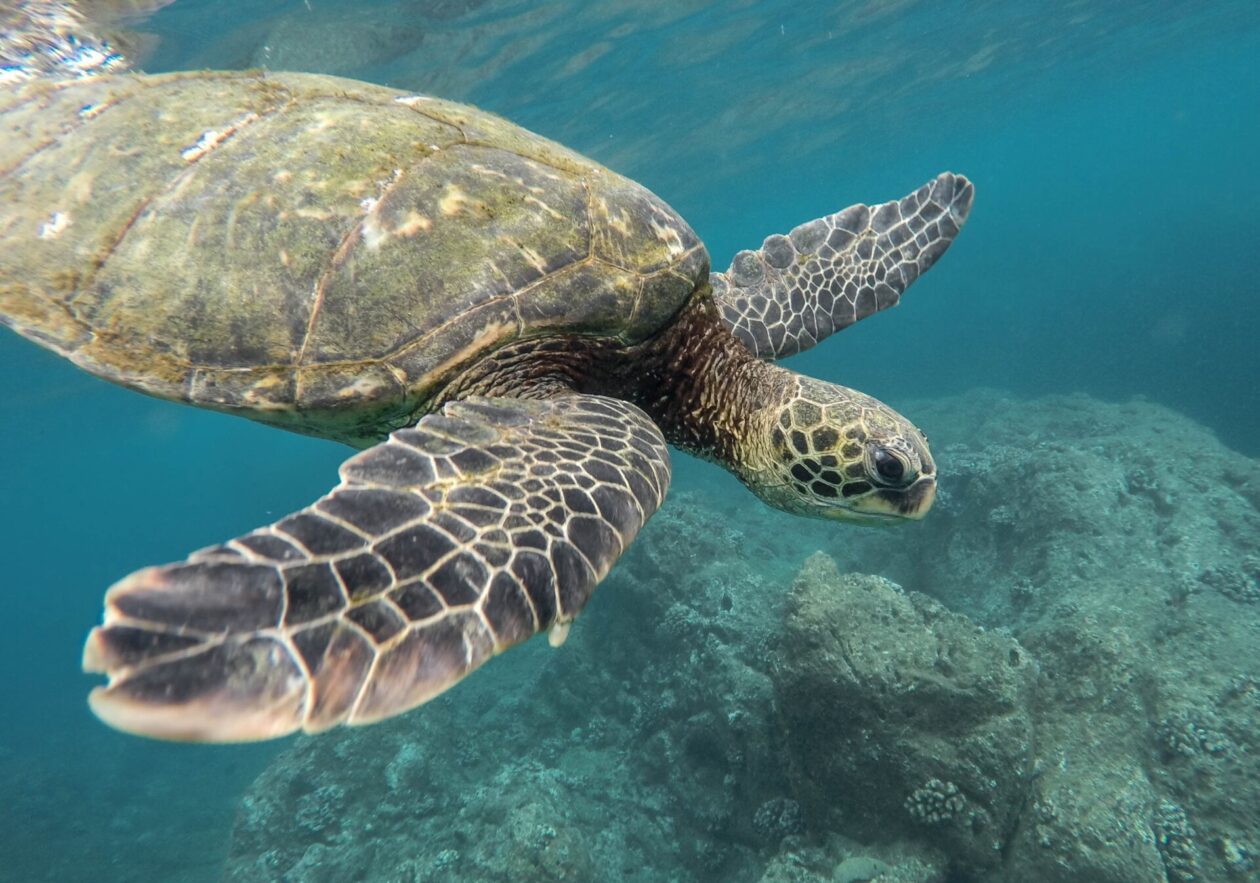
Sea Turtles
Green sea turtles are a common sight in Hawaii’s waters. These gentle giants can grow up to four feet in length and weigh over 300 pounds. They are herbivores and feed on seagrass, algae, and other marine plants. Snorkelers should keep a safe distance from these creatures and avoid touching them as they are protected by law.
Octopus
Octopuses are intelligent and fascinating creatures that can be found in Hawaii’s waters. They are masters of camouflage and can change their color and texture to blend in with their surroundings. Snorkelers might be lucky enough to spot one hiding in a crevice or swimming in the open water.
Dolphins
Hawaii is home to several species of dolphins, including the spinner dolphin. These playful creatures are known for their acrobatic displays and can often be seen leaping out of the water. Snorkelers might also encounter pods of dolphins swimming and playing in the open water.
Manta Ray
Manta rays are one of the largest creatures in Hawaii’s waters, with wingspans that can reach up to 20 feet. These gentle giants are filter feeders and feed on plankton. Snorkelers can witness these magnificent creatures gliding gracefully through the water at night during a manta ray snorkel tour.
Lionfish
Lionfish are a non-native species that have become established in Hawaii’s waters. These venomous creatures have distinctive stripes and long, flowing fins. Snorkelers should avoid touching or getting too close to these creatures as their venomous spines can cause painful stings.
Safety and Conservation
When it comes to fish snorkeling in Hawaii, safety and conservation are of utmost importance. To ensure a safe and enjoyable experience, it is crucial to follow the snorkeling safety guidelines provided by the experts.
Experienced snorkelers know that the ocean in Hawaii can be rough, so it is essential to know your swimming abilities and not overestimate them. Snorkeling at dawn or dusk, or in murky water, can also be dangerous. It is always best to snorkel during daylight hours in clear water.
It is important to prepare your equipment before getting in the water. Use an anti-fog product in your mask to prevent it from fogging up while snorkeling. Make sure your face mask fits properly and does not leak, and check that your fins have a snug fit.
While snorkeling, it is crucial to be aware of marine species that can be dangerous. The Portuguese man-o-war, for example, has long tentacles that can cause painful stings. It is best to avoid them altogether. The malolo and he’e are two species of octopus that can also be dangerous if provoked.
It is also important to be mindful of the marine environment while snorkeling. Follow the “golden rules” of snorkeling, such as not standing on coral and not touching them with your hands. By doing so, you can help protect yourself and the marine environment.
Conservation is also a significant aspect of fish snorkeling in Hawaii. By participating in fish snorkeling tours, tourists can support eco-conscious travel and sustainable tourism practices focused on preserving Hawaii’s underwater world. Tourists can also learn about the threats facing the reef and what they can do to help protect it.
Safety and conservation are essential when it comes to fish snorkeling in Hawaii. By following the snorkeling safety guidelines and being mindful of the marine environment, tourists can have a safe and enjoyable experience while also supporting sustainable tourism practices.




